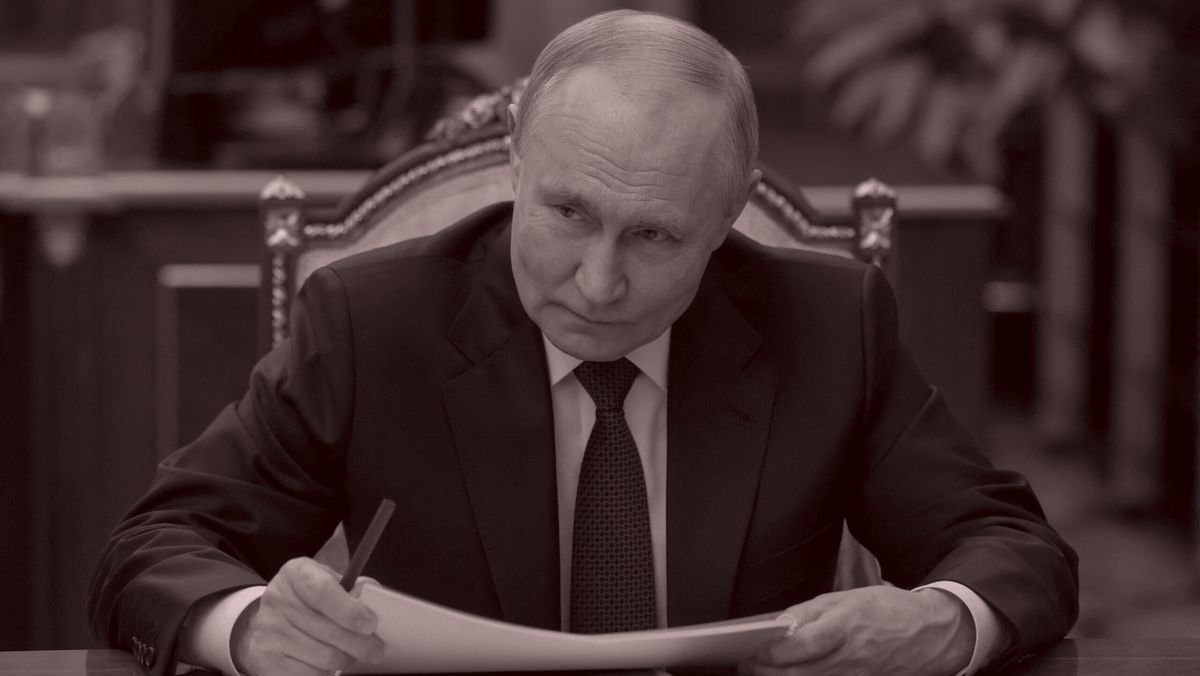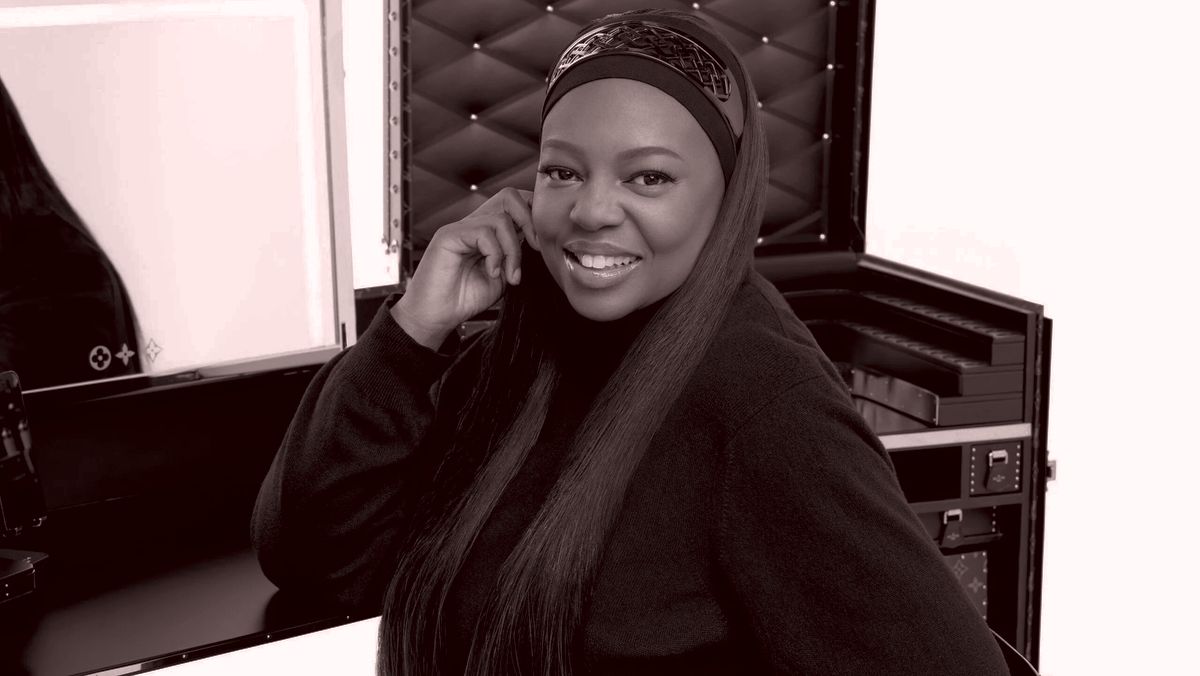Hello, sports fans, and welcome back to Wall Power, your private
email about art and the art market in all its forms. I’m Marion Maneker.
Asia Week commenced on Friday here in New York, and there are some interesting lots in the auctions set to begin next week. If nothing else, Asia Week offers a window into an entire universe of collecting that was once rooted here in the West, but has now shifted back to the countries of origin. Before we get to
that, however, two stories that appeared in the art press on Friday require some comment: one report that Pace is in talks with Sotheby’s to form a joint venture, and another claiming that Barbara Gladstone’s estate is shopping her art to the auction houses.
Let’s begin…
|
- What’s going on between Sotheby’s and Pace?: Recently, a persistent and long-running rumor finally broke out into the open when ARTnews ran the thinnest of stories claiming that Sotheby’s was negotiating a “significant investment” in Pace. The story also offered the caveat that the deal would not be
an acquisition, but rather a “multifaceted joint venture.” It was significant not for the non-news of talks, but because it finally put some scale and perspective on the past few months’ rumors about a tie-up between Sotheby’s and Pace Gallery, which was founded by the 87-year-old Arne Glimcher—who is still very much on top of his game—and is run by his son, Marc.
The chatter came about partly because Sotheby’s and Pace made a joint bid for the
Riggio estate, which meant that a number of Sotheby’s staffers and some other participants in the process saw the Glimchers attend the pitch meetings. It’s easy to imagine how that metastasized into rumors of an acquisition, especially since Sotheby’s owner Patrick Drahi and C.E.O. Charles Stewart traditionally keep their cards very close to the vest. I’m told the issue came to a head recently when Sotheby’s staffers confronted Stewart, who told
them there was no deal to acquire Pace. No one questioned Stewart’s interest in the primary market, which led him to hire Art Basel’s Noah Horowitz for a yearlong sabbatical. He’s also been looking for ways to scale Sotheby’s business. In this context, that might mean Sotheby’s and Pace collaborating on ways to tap into Sotheby’s
client base to sell Pace’s artworks, or Pace giving Sotheby’s a way to hold exhibitions in Chelsea. Whatever the connection might ultimately look like, it’s still very much in the talking stage.
How Sotheby’s would raise the money to buy Pace was always the real conundrum. In order to secure nearly $1 billion from ADQ, the Emirati sovereign wealth fund, Drahi had to reinvest some of his own cash into the business to maintain control. And while Pace may be the smallest of the four
global galleries—behind Zwirner, Hauser, and Gagosian—it’s still a nine-figure enterprise. A potential acquisition would have required more ADQ cash, inevitably tipped the balance of equity toward the Gulf, and exacerbated the 11 percent dividend that Sotheby’s is already paying. And one can only imagine the further blow to morale if it turned out that the auction house, which recently completed a brutal round of layoffs, was sitting on dry powder. Though, the company did say at the time of
ADQ’s investment that some of the money would go toward growth initiatives.
Also: Why would Pace want to be acquired? For the past year, there’s been a lot of talk that galleries all throughout Chelsea are experiencing cash-flow problems amid the market pullback. No one seriously thinks that the Glimcher family is having financial troubles, but that doesn’t necessarily mean that the gallery wouldn’t enjoy a cash infusion on its balance sheet. “Marc needs cash?” one private dealer texted
me after the ARTnews story ran. “That’s the worst kept secret in the art world right now.”
“Despite the challenging economic conditions of the past year and a half, which have affected the entire art market,” a Pace spokesperson responded when I asked about the rumors, “Pace is financially stable. We have navigated the ups and downs of the market successfully for the past 65 years and continue to do so.”
Whatever the case, it seems very unlikely that either Glimcher would choose
this moment to write the end of the Pace story by selling the firm to Sotheby’s. And yet, the rumors kept coming back even after the Riggio estate went to Christie’s. The noise level really started to rise late last week—reports even started coming back to me that Glimcher had been speaking to artists to make sure they’d heard from him first. (Artists, who spend a lot of time working alone, can jump at the chance to share something worth talking about…) I’m told that Glimcher called one artist
to say that something was going on but he could not talk about it. Still, the message was that Pace is Pace, and whatever was in the works wouldn’t change anything. Glimcher also assured the artist that there was no financial issue.
In that context, the ARTnews story reads like an attempt to take the temperature down from a boil to a simmer. That’s a good thing. The announcement of a major transaction could have had a destabilizing effect on the market. People are nervous: The
mood has shifted very quickly from a sigh of relief in Los Angeles to gallows humor in New York. One dealer told me Friday night that he had previously hoped that one silver lining to this year’s political news was that the economy would remain strong, and art buyers might become more bullish. Now he’s grateful for every sale and watching the news through splayed fingers over his eyes.
|
|
|
A MESSAGE FROM OUR SPONSOR
|
|
|
- Barbara Gladstone’s heirs vs. her artists: Also on Friday, Katya Kazakina dropped a story on Artnet reporting that the personal collection of dealer Barbara Gladstone, who was fiercely protective of her artists’ markets, was being shopped to both Sotheby’s and Christie’s
for this May’s auction season—which is looking smaller and smaller as the belligerent rhetoric from Washington gets louder and louder. That’s the simple piece of what looks like an estate planning challenge.
Gladstone’s will created a number of different trusts. Her gallery trust contains her ownership position in her namesake business; another trust was set up for her art. Max Falkenstein, senior partner in the gallery, was named trustee for the ownership stake along
with lawyer Michael Stout and art advisor Allan Schwartzman. But only Stout and Schwartzman were deemed trustees for the art.
According to the will, Gladstone wanted the art sold to benefit her heirs, which include her children and grandchildren. The will provides for the fact that Falkenstein and Schwartzman might have conflicts of interest given their roles. But there doesn’t seem to be a provision for the possibility of another conflict
of interest between the two trusts. That shouldn’t be a problem: Ideally, Gladstone Gallery would handle the sales of Gladstone’s personal collection. After all, the gallery knows the markets for these artists better than anyone else, and selling privately would protect against potentially damaging downdrafts in pricing. And, of course, the company would earn fees on those sales, which would benefit the gallery owners and the heirs.
So why are we hearing reports that the art is
being dangled in front of the auction houses? It appears that much of the value of the art in the estate lies in works by Richard Prince that Gladstone owned. Prince’s market has been on an upswing lately. Yet, at least one art advisor casually told me that he thought the gallery undersold
Harbor Nurse (2003) at Art Basel in Miami for a reported $4.5 million after other Prince nurses sold at auction for higher prices—one for $5.6 million in October and another $6.7 million in November. The Gladstone estate also includes a Mike Kelley Memory Ware work, according to Kazakina, which could be very desirable on the open market. It’s been a while since Kelley’s Memory Ware works were auctioned for $3 million or more. But there’s also been a
major retrospective of Kelley’s work mounted in London and Paris each year for the past two years.
Of course, we don’t know which works were being discussed at the auction houses. Was it just the Princes and Kelleys, for which the heirs will very much want to see a fair market price? Or is it all of the art, including the artists the gallery still represents, who might resent seeing their work flogged publicly? With Gladstone herself gone, there’s an obvious tension between the
interests of the heirs and those of the artists and gallery. Could the Artnet story have been the result of an internal struggle?
According to the will, Falkenstein has no control over how the art trust disposes of the works, which must be frustrating. It’s not clear whether Schwartzman has a conflict of interest. Presumably, he does if he is taking a fee to represent the art trust as an art advisor in relation to the auction houses, and he does not if he is simply acting as a trustee of
the art trust. Curiously, Kazakina’s report mentions neither Falkenstein nor Schwartzman. She does say she tried to reach Stout for comment. That makes sense: He’s the key to all of this, because it’s looking like he’ll have to be the one who decides what’s best for both sides. When I reached him by email this afternoon, he replied that the estate’s administration remained a confidential matter, but: “No complete strategy decisions have been made as of this writing.”
|
|
|
The market for Indian art is booming again. Plus, samurai swords, great waves,
and porcelain.
|
|
|
Asia Week, the biannual pilgrimage of dealers and collectors of Asian art to
New York, is already in full swing. This weekend, some 24 galleries—with a decided bent toward Japanese art—opened shows around the city. The auction houses, too, were gearing up for sales this week. Much of the action this season centers on works from South Asia, Japan, and Korea.
It was only a matter of time before India’s
rapidly advancing economy spurred a revival of the market for South Asian art. Nearly 20 years ago, there was a boom in modern and contemporary art from the region. The global financial crisis and the continuing restrictions on exporting and importing art to India put that market in hibernation until just recently, when modern and contemporary art from the subcontinent again moved to the front burner. The highest estimate for the Asia Week auctions is attached to M.F. Husain’s
Untitled (Gram Yatra), a nearly 14-foot-wide painting that was acquired by World Health Organization doctor Leon Volodarsky, who was living in New Delhi in 1954. It is estimated at $2.5 million.
|
|
|
A MESSAGE FROM OUR SPONSOR
|
|
|
Volodarsky, born in Ukraine, worked at hospitals in Norway until the Second
World War, when he was forced to flee. After the war, he went to India as a surgeon with the World Health Organization, and eventually bequeathed the Husain painting to a Norwegian hospital. Christie’s is now making the case that this painting is the prolific Husain’s most significant painting from his most significant period
of work, the 1950s. Just last November, Husain’s untitled 1957 work, a large painting of a man and woman atop a charging bull, made his highest price at auction with more than $3.2 million.
Sotheby’s top lot in their South Asian sale is
Jagdish Swaminathan’s Homage to Solzhenitsyn, from 1973, which celebrates the famed Soviet dissident. Estimated at $1 million, the triptych is also nearly 14 feet wide. Swaminathan, too, just saw a record price of $984,000 paid at auction in December.
Husain’s peer, Sayed Haider Raza, has a 1961 work, Soir à Espinouse, estimated at $1.2 million at Christie’s. Raza also had a new record set last year, with $5.6 million spent for Kallisté, from 1959. In the past two years, more than half a dozen works by Raza have been auctioned for prices above this estimate level. Christie’s is also selling an untitled work by Akbar Padamsee from 1969 with an estimate of
$600,000. A single work by Padamsee was auctioned for $9.8 million in 2009. But prices picked up in December of 2023 when Woman with Corn, from 1952, sold for $3.1 million, and Metascape I, from 1975, sold for more than $1.5 million.
|
At Sotheby’s, there’s a single-owner sale of Japanese swords collected by
Paul L. Davidson, a lawyer and tae kwon do black belt from Bentonville, Arkansas. Davidson, the founder of the American branch of the Society for the Preservation of Japanese Art Swords, was a lifelong Japanophile. His greatest wish was to see his scholarship memorialized in a book and to vouchsafe his swords into the hands of others who shared his passion.
Sotheby’s sale also
contains some armor and other objects and armaments, but the real value lies in the swords. Three are estimated above $80,000; two are estimated above $150,000; and one has its own dedicated sale. The Crescent Moon Kanemitsu, made by Kanemitsu, a 14th century swordsmith, is being
auctioned without a published estimate, but they’re looking for $1.5 million. The blade was prized above all of Davidson’s other swords for being the finest example of Kanemitsu’s workmanship and for its extraordinary condition.
Samurai paraphernalia aside, if we’re talking about Japanese art, the first thing that comes to mind for many are Ukiyo-e woodcut prints, the most famous of which is Hokusai’s Great Wave off Kanagawa. Christie’s
has two examples of the Great Wave on offer. One from a collector of German expressionism is estimated at $400,000. Examples of the print have sold for as much as $2.7 million two years ago, and a complete set of the famous Thirty-Six Views of Mount Fuji, of which The Great Wave is one, has sold for $3.5 million.
|
|
|
Since the Thirty-Six Views was so successful (which is one reason there are actually 46
images in the series), the work was reproduced in several editions. The woodblocks used to print the images wear down over time, so the different editions had variations in color and the quality of the registration. You only have to look at the version estimated at $60,000 and being sold by a Cleveland family to see how wide the range is. There’s also an example of the
“red Fuji” being offered with a $200,000 estimate. Finally, there’s a set of three erotic books illustrated by Hokusai, Pining for Love, which contains his famous image of an octopus and shell diver, among lesser known works by Hokusai and other masters of the form.
|
Some of the most expensive works of art by estimate come from Korea this
season. At Christie’s, there’s a white porcelain “moon jar” from the 18th century Joseon dynasty in Korea, which is being sold by a Japanese collector with an estimate of $1.8 million. Another Joseon porcelain, this one a reticulated double-walled vase
depicting peonies, is being sold at Christie’s with a $500,000 estimate. Of course, most collectors think of China when it comes to porcelain, and Christie’s also has a Qianlong blue-and-white dish decorated with an “iron-red dragon” that is estimated at $1.2 million.
At Sotheby’s, there’s a
Qianlong famille-rose ruby red vase estimated at $800,000. In the heyday of Chinese collectors scouring the world for porcelains to repatriate, a work like this might have been the subject of intense bidding. Alas, China’s clampdown on showy purchases and the continuing real estate debt overhang suggest we won’t see those kinds of
battles any time soon. Also at Sotheby’s is a hu-form celadon vase from the Yongzheng period that is estimated at $600,000; an imperial ruby-ground yangcai floral cup estimated at $200,000; and a jun purple-splashed flowerpot from the Ming dynasty that is estimated at $250,000. Those last two objects come from the Carnegie Museum of Art, just one of several museums—also including the Newark Museum and Montreal Museum—selling Chinese works of art through
Sotheby’s.
Bonhams, too, is showing off its Chinese porcelains. The most valuable one won’t be sold in New York, though: That’s Elsa Peretti’s Ge mallow-shaped brush washer from the 15th century Song dynasty, which will be sold in Paris this June in a single-lot auction. Bonhams also has a Qianlong blue-and-white
vase emblazoned with a copper-red dragon that is estimated at $400,000. Getting away from pottery, Bonhams is also offering a gilt copper figure of Mahachakra Vajrapani, which was made in central Tibet in the 15th century, and is estimated at $500,000.
|
Let’s leave it there for tonight.
Speak to you on Tuesday,
M
|
|
|
Need help? Review our FAQ page or contact us for assistance. For brand partnerships, email ads@puck.news.
You received this email because you signed up to receive emails from Puck, or as part of your Puck account associated with . To stop receiving this newsletter and/or manage all your email preferences, click here.
|
Puck is published by Heat Media LLC. 107 Greenwich St, New York, NY 10006
|
|
|
|


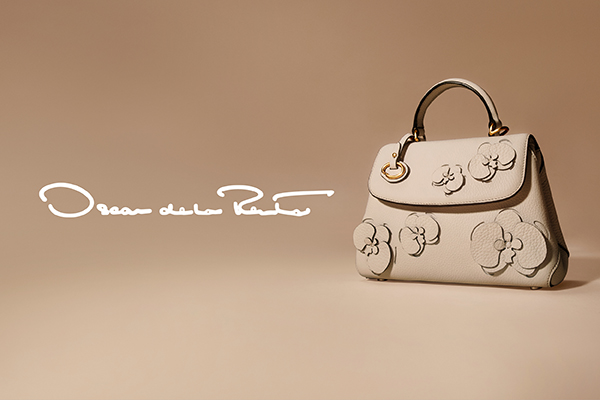
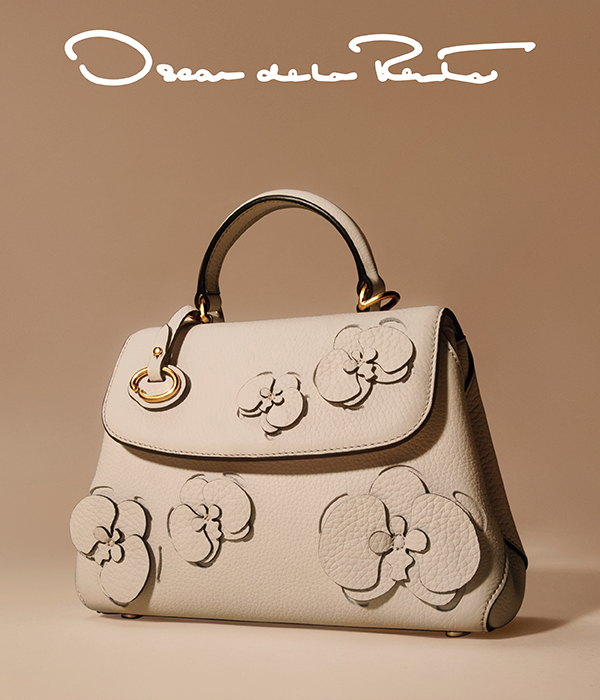
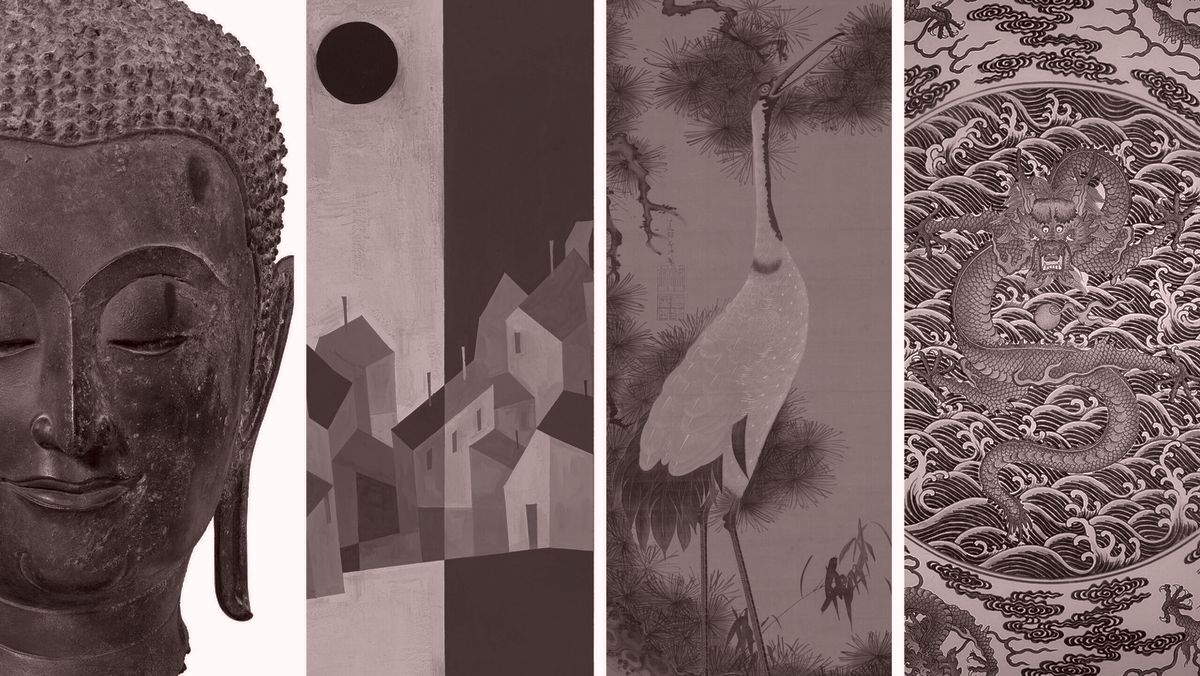
_01JPADEYFDF7RS43QGANBVMN1J.jpg)
_01JPADEY696EH3DJQMR0PWM9YF.jpg)
_01JPADEXXG0KF9N39W2V235C50.jpg)
_01JPADEXK4Y5S5KRDGGWXDSB2C.jpg)


